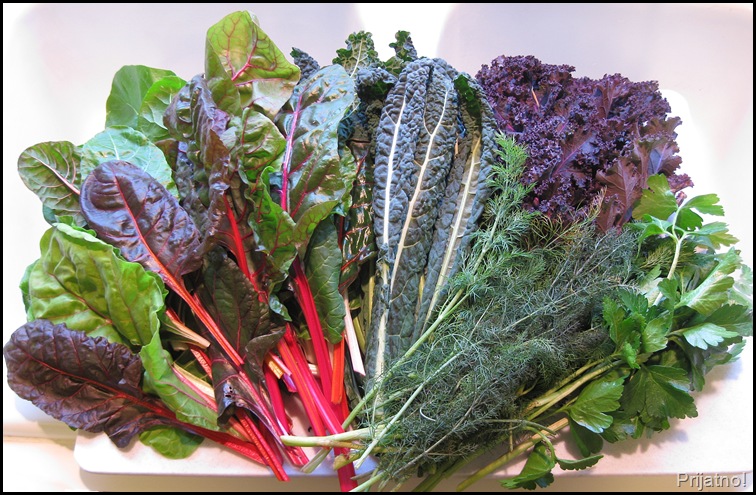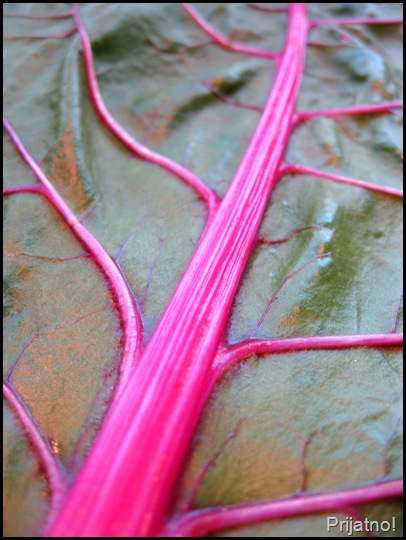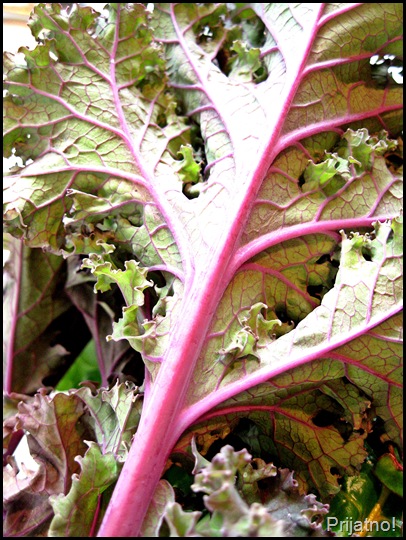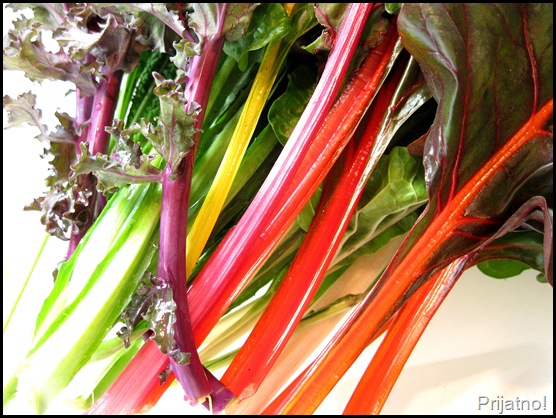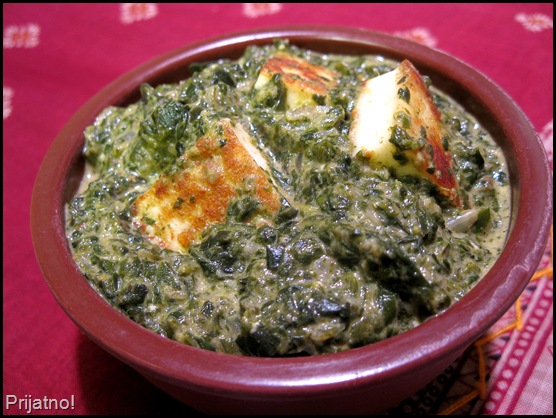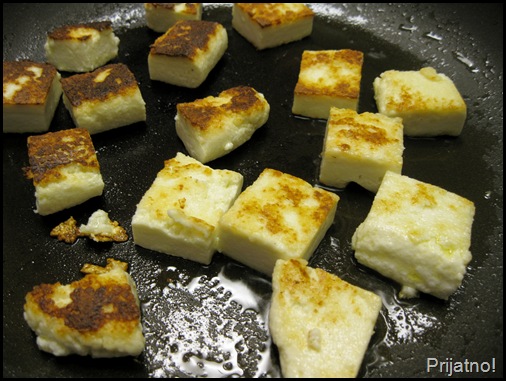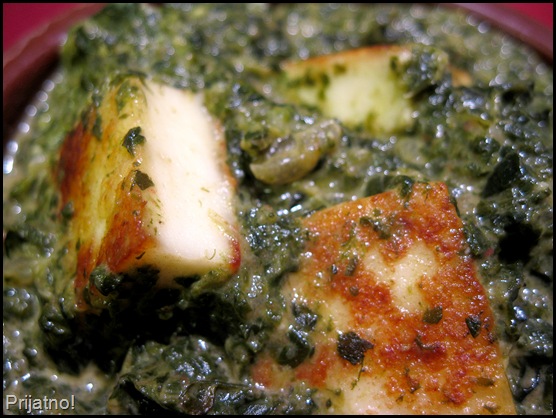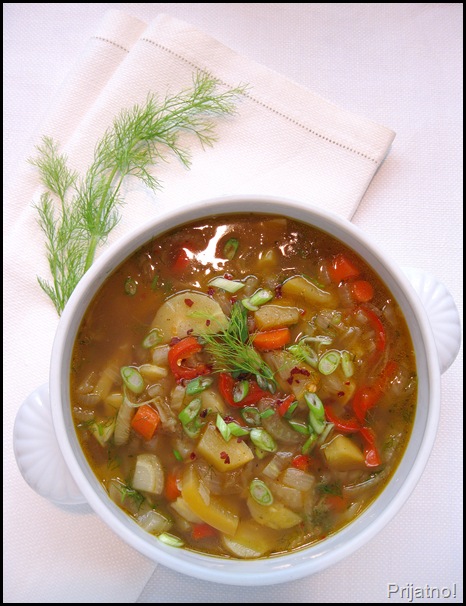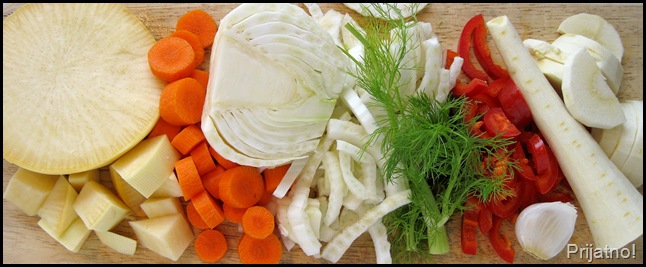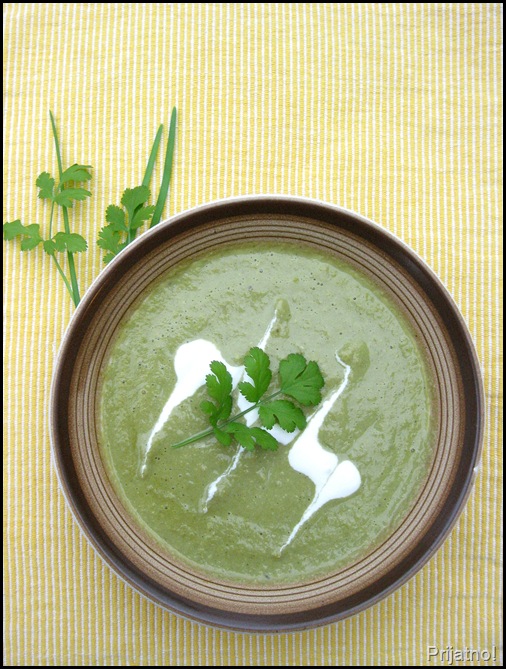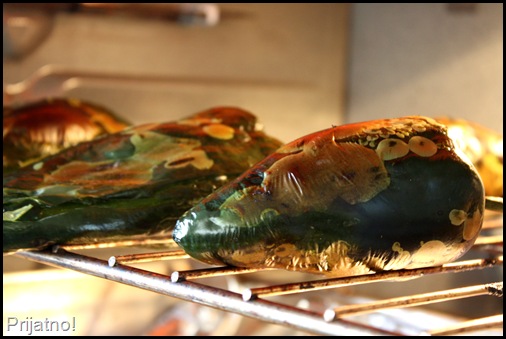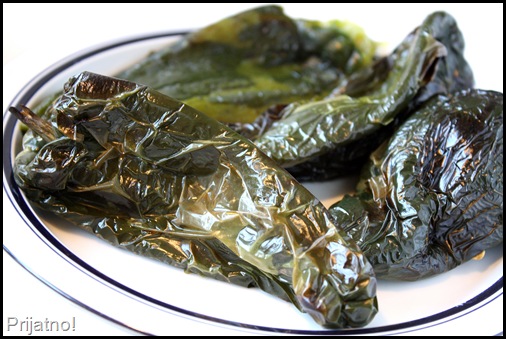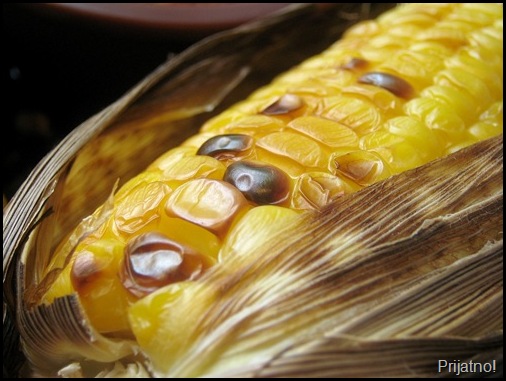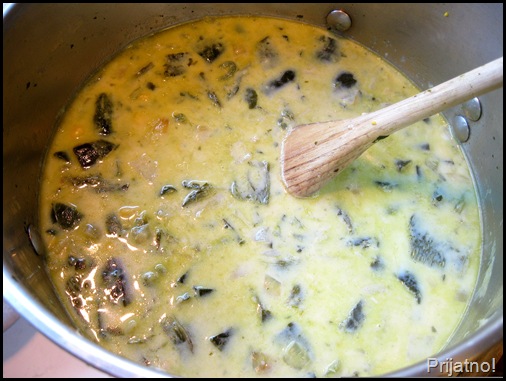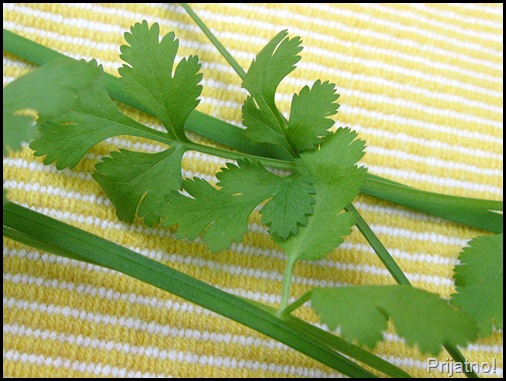I first met the genteel and beautiful Shubhra Ramineni at a pasta class hosted by fellow Chowhound Jay Francis. With her handsome husband and the cutest baby in tow, she graciously allowed us a first look at her cookbook, Entice with Spice, Easy Indian Recipes for Busy People which was in the process of publication.
 Upon opening the book, I was greeted by a collage of family photos, travel images of India and of course, Indian food and markets. Particularly catchy to me was a colorful map of Shubhra’s motherland citing family members’ birthplaces, notable monuments and regional food products. What followed was a listing of over 90 recipes and a veritable account of how a successful engineer became a cook and author: it came from a need to drop the unhealthy eating habits she had developed as an overworked corporate individual and go back to the nutritious diet on which she was raised.
Upon opening the book, I was greeted by a collage of family photos, travel images of India and of course, Indian food and markets. Particularly catchy to me was a colorful map of Shubhra’s motherland citing family members’ birthplaces, notable monuments and regional food products. What followed was a listing of over 90 recipes and a veritable account of how a successful engineer became a cook and author: it came from a need to drop the unhealthy eating habits she had developed as an overworked corporate individual and go back to the nutritious diet on which she was raised.
Shubhra naturally turned to her family for recipes and developed them with a busy lifestyle in mind. The novice cook will find an invaluable 25-page mini-encyclopedia within the book which includes sections headed Indian Cooking Made Easy; Cookware and Tools; Tips and Techniques; Freezing, Refrigerating and Reheating Methods; and Essential Indian Ingredients. Did you know that in India “curry” is a plant and also means ‘gravy’ or ‘sauce’ and not the blend of spices developed by English colonists; that the bright red color of tandoori chicken comes from the addition of coloring (!); and that carom seeds (a new one for me) aid in settling upset gassy tummies? The book has helpful tips accompanying many recipes; some including instructional photos showing the important steps.
I have had limited success with cooking Indian food because I was usually following recipes with a mind-boggling array of spices and complicated and long-winded cooking methods. After less than stellar results, my family would drop hints about “going out for Indian” more often! That’s not the case with Shubhra’s Saag Paneer. It’s my favorite Indian dish and the first recipe I made from her book. Hubs and I finished it off quickly and I made more a few days later. It is easy to make and it’s full of spicy flavor! For part of the spinach, I substituted chard and kale that I harvested in the beautiful garden of Ralph Smith Photography. The garden is an organic wonder that provides herbs, fruits and vegetables year round, some of which are used in Ralph’s photo shoots.
A colorful feast for the eyes
Creamy and spicy with home made paneer
“Palak” Paneer slightly adapted from Shubhra Ramineni’s Saag Paneer.
Serves 4
1 pound (500g) fresh chard, washed, de-ribbed and coarsely chopped
1 pound (500g) fresh spinach, washed, trimmed and coarsely chopped, or a 10-ounce (285g) package of frozen spinach
2 ripe tomatoes, quartered
1 teaspoon ground turmeric
¼ to ½ heaping teaspoon cayenne pepper
½ teaspoon salt
½ teaspoon freshly ground black pepper
3 tablespoons vegetable oil
3 teaspoons finely grated fresh ginger
1 small onion, diced
1 – 2 serrano peppers, diced
1 recipe Paneer (Indian cheese), cubed and pan-fried, see recipe below
½ cup (125ml) heavy cream, or more to taste
Place chard, spinach and tomato in a medium saucepan over medium heat. If you’re using frozen spinach add ½ cup water. Cook for 7 minutes, stirring occasionally.
Add turmeric, red pepper, salt and black pepper. Stir to combine and cover. Simmer for 15 minutes, stirring occasionally. The greens will become soft and tender and the tomatoes will become mushy. Remove from heat and puree using an immersion blender or transfer contents to a blender and puree until smooth.
Pour the oil into a small skillet and place over medium heat. When the oil is hot, add the ginger, onion and serrano pepper. Sauté until the onion is browned, stirring frequently, about 4 minutes. Pour into the saucepan with the greens. Add the paneer (cheese cubes) and heavy cream and stir to combine. Simmer for 5 minutes over medium heat, stirring occasionally. Enjoy immediately or cool and refrigerate for later.
Paneer (Indian cheese)
Makes ¼ pound (125g)
4 cups (1 liter) whole milk
juice of 1 lime
Pour milk into a heavy medium pot. Bring to a rolling boil over high heat, stirring frequently as it comes to a boil. Don’t let it boil over. Immediately reduce the heat to medium-low.
Add lime juice and stir for about 45 seconds or until the milk separates into curds (solids) and whey (liquid). If the milk does not separate add more lime juice - 2 teaspoons at a time – until it separates.
Fold a large piece of cheesecloth to create four layers. Line a colander with cheesecloth and place it over a large bowl to catch the whey. Pour the curds into the cheesecloth. Let the whey drain through the cheesecloth into the bowl.
Gather the sides of the cheesecloth to create a bundle and press it against the side of the pot to squeeze out the excess whey. Be careful as it will be hot.
Place the bundle on a plate. Unfold the cheesecloth and with your hands, mold the cheese, now paneer, into a square block about ¾-inch thick. Fold the cheesecloth back over the paneer.
Pour the whey into the pot that the milk boiled in. Place the pot on top of the paneer and allow the rest of the whey to drain out, about 30 minutes.
Remove pot and discard the whey. Unfold the cheesecloth. Transfer the paneer to a plate and cover with plastic wrap. Refrigerate for a minimum of one hour and up to one day before using.
To fry Paneer: Cut the paneer into ¾-inch cubes. You should get about 16 or so. Pour 3 tablespoons of vegetable oil into a non-stick skillet over medium heat. When the oil is hot, add the cubed paneer. Fry the cubes until they are lightly browned on all sides, turning very carefully to retain their shapes. Remove from skillet and drain on a plate that has been lined with a paper towel.
Prijatno!

